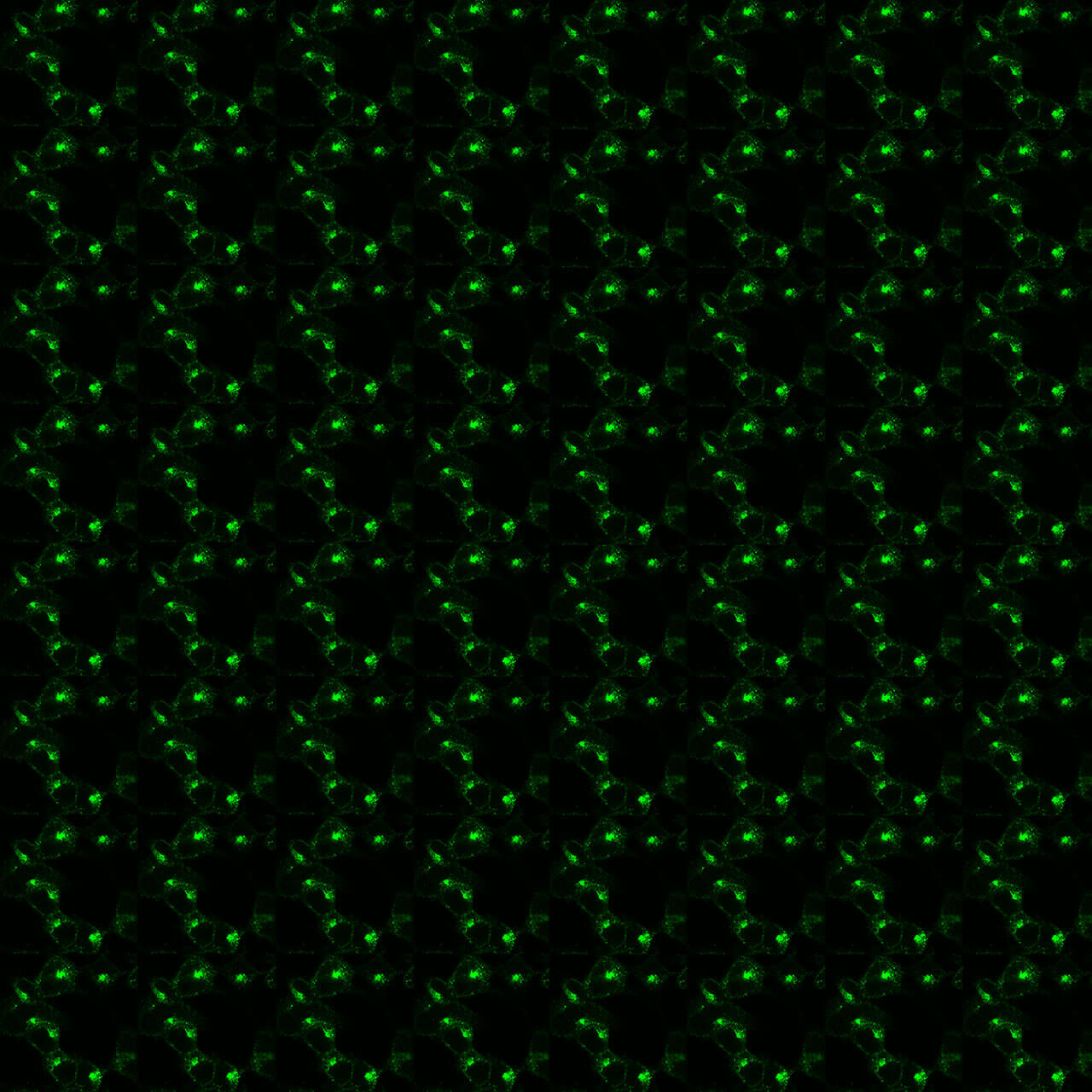CC Chemokine Receptor 1 Antibodies
The C–C chemokine receptor 8 (CCR8) is a class A G protein–coupled receptor (GPCR) that primarily couples to Gi/o proteins, leading to inhibition of adenylyl cyclase, reduced cAMP levels, and activation of downstream signaling pathways such as MAPK and PI3K/Akt. Its principal endogenous ligand is CCL1 (I-309 in humans), although other chemokines such as CCL8, CCL16, and CCL18 can act as weaker agonists or partial agonists depending on species and context. CCR8 is expressed predominantly on T helper 2 (Th2) cells, regulatory T cells (Tregs)—particularly the Foxp3⁺ subset—as well as skin-homing T cells, macrophages, and certain tumor-infiltrating lymphocytes. Functionally, CCR8 plays a central role in immune cell trafficking, directing T cell migration to sites of inflammation, skin, and mucosal tissues, where it contributes to type 2 immune responses and tissue homeostasis. In cancer, CCR8 expression on tumor-infiltrating Tregs has been linked to immunosuppression within the tumor microenvironment, making CCR8 an emerging therapeutic target for immuno-oncology aimed at selectively depleting suppressive Tregs. Additionally, CCR8 is implicated in allergic inflammation, asthma, and atopic dermatitis, where it helps recruit Th2 cells and eosinophils to inflamed tissues. Pharmacological studies have identified several small-molecule antagonists and monoclonal antibodies targeting CCR8, primarily in the context of cancer immunotherapy and inflammatory disease. Overall, CCR8 serves as a key chemokine receptor mediating Th2- and Treg-dependent immune regulation, with significant therapeutic relevance in cancer, allergy, and chronic inflammation. For more information on CCR8 pharmacology please refer to the IUPHAR database. For further reading refer to:
Bachelerie F, Ben-Baruch A, Burkhardt AM, Combadiere C, Farber JM, Graham GJ, Horuk R, Sparre-Ulrich AH, Locati M, Luster AD, Mantovani A, Matsushima K, Murphy PM, Nibbs R, Nomiyama H, Power CA, Proudfoot AE, Rosenkilde MM, Rot A, Sozzani S, Thelen M, Yoshie O, Zlotnik A. International Union of Basic and Clinical Pharmacology. LXXXIX. Update on the extended family of chemokine receptors and introducing a new nomenclature for atypical chemokine receptors. Pharmacol Rev. 2013 Nov 11;66(1):1-79. doi: 10.1124/pr.113.007724. Print 2014. Review. Erratum in: Pharmacol Rev. 2014 Apr;66(2):467. PubMed PMID: 24218476; PubMed Central PMCID: PMC3880466.
 CCR8 (non-phospho), CCR8 Chemokine Receptor...
CCR8 (non-phospho), CCR8 Chemokine Receptor... 
